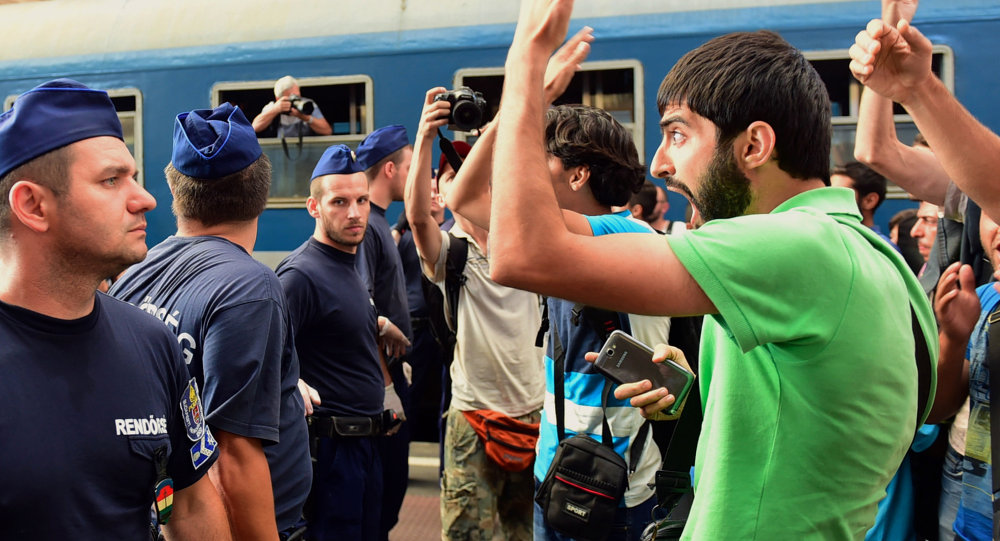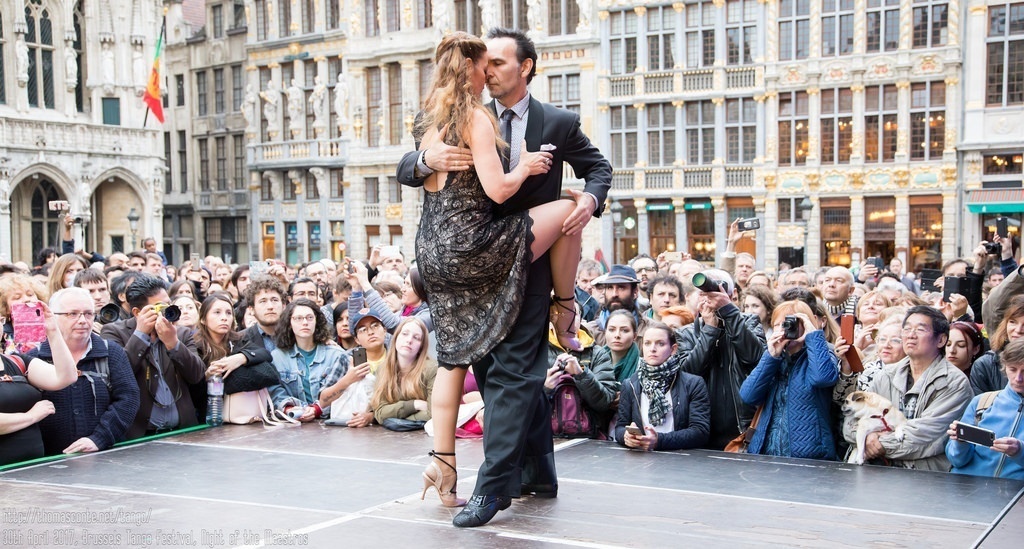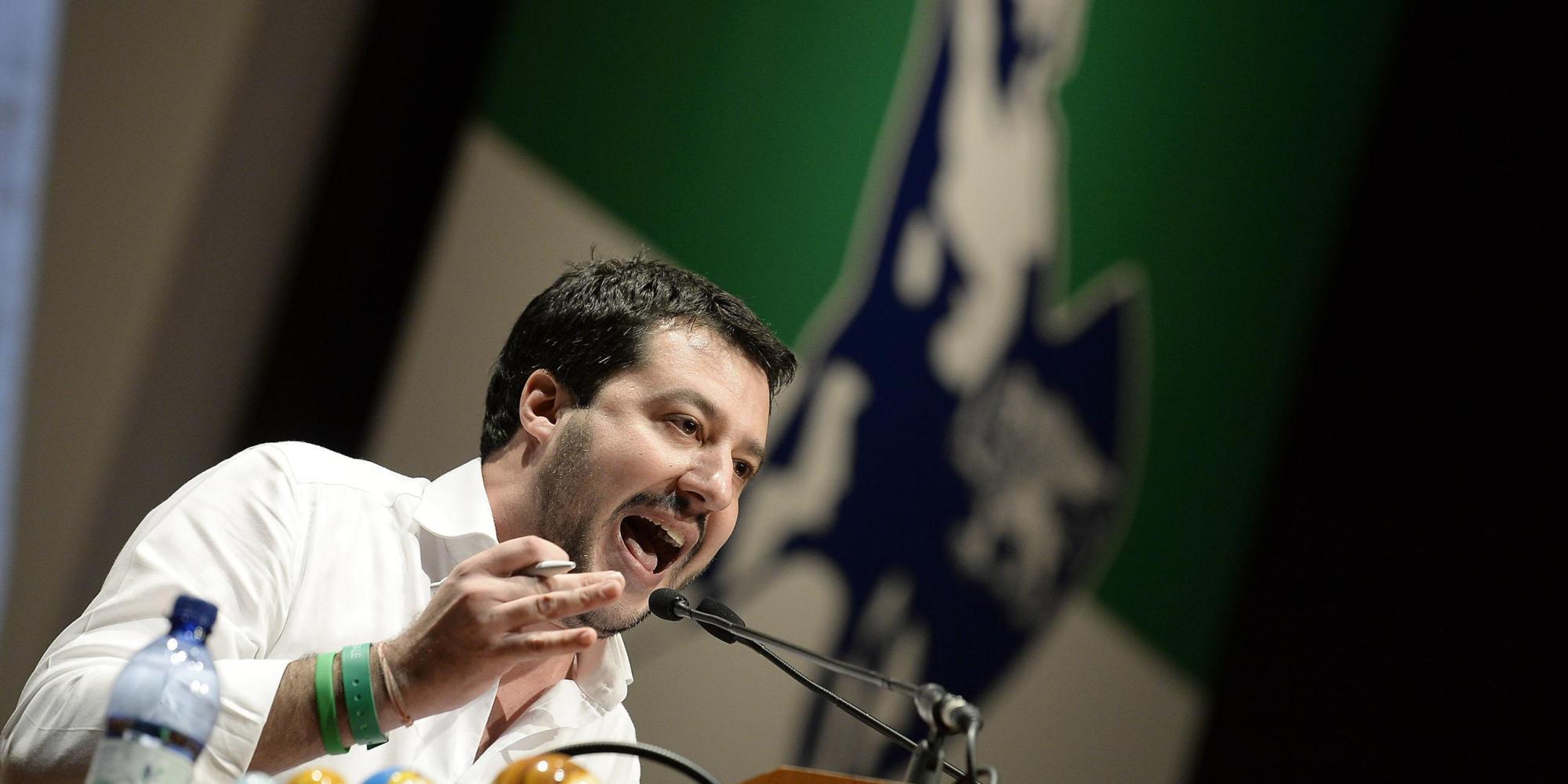
The images are dramatic: masses of refugees trying to cross the border between Greece and Macedonia, boats full of people arriving at the shores of Europe, refugees living under atrocious conditions on the island of Kos. And even when they arrive and are brought to their temporary accommodations, they are still not safe. This weekend, the East German town of Heidenau witnessed nights of violence, with right wingers, Neo-Nazis and their followers blocking the access to the refugees’ new home, leading to clashes with the police and even attacks on buses carrying refugees. The fate of refugees all over Europe is present on all media channels, and it will change the European society as we know it.
Even if you try, it is impossible to ignore or not see the refugees that come to Europe – not only in media, but also in your daily life. They are doing their shopping in the local super markets, before walking home to their accommodations – either in an actual building or in a tent village somewhere at the outskirts of the towns. But in most cases, they are in centralized refugee centres where they cannot leave that easily and where thousands and thousands of refugees are cramped on very narrow space. With this mass of refugees from partly different cultures and the days and weeks going by without knowing what will happen next, tensions rise and in occasional cases, violence inside the accommodations erupt. Several reports on violence inside homes for refugees and asylum seekers indicate that the living conditions are becoming unbearable for many refugees and that the authorities are completely overwhelmed with the masses of refugees and how to supply and accommodate them adequately.
Migration in Millions to Come
Germany itself expects up to 800,000 refugees by the end of this year, most of these come from Syria, Serbia, Eritrea, and Afghanistan. That is more than the population of Frankfurt, or roughly about the same as the population of Marseille. Out of all EU countries, Germany takes the most of all refugees. In comparison, the UK only takes less than 10 % of that share and does pretty much everything to keep refugees out of UK, assisting France to close the access to the Eurotunnel to prevent refugees from entering trains to cross the channel.
Though not at the frontline of migration, Germany is one of the main destinations for refugees, alongside with Sweden. These two countries are also the ones, according to “The Economist”, that processed 40% of all asylum applications in the EU in 2014. Up to now, Germany has received more than 200,000 asylum application – huge compared to the UK where less than 30,000 applications have been received.
The EU follows different approaches in the migration policy, facing the biggest ever mass migration figures in its history; and the biggest in European history since the end of World War 2. With millions of people desperately crossing the Mediterranean Sea with their bare lives, after having lost everything they had in their home countries, everything what these people want is just a safe place to live and to work. This weekend, this desperation was visible at the Greek-Macedonian border, where hundreds of refugees crossed the barbwire protected border. The Macedonian authorities gave in, completely unable to cope with the masses of refugees, after having imposed a state of emergency a few days ago and trying to scare off refugees with tear gas.
Accepting Reality – A Difficult Task for Some
Every country takes a different approach on dealing with mass migration. While the UK tries to limit the potential move of migrants to the UK through the Eurotunnel and assists France in its efforts, Hungary even goes a step further. Building a huge fence at its border to Serbia, the message sent is very clear: we do not accept refugees or migrants of any kind. Slovakia did not completely seal off its borders yet, but it originally granted access for Christian refugees only – with cheap excuses saying that they “don’t have any Mosques”. After heavy criticism, Slovakia finally also granted non-Christian refugees to enter the country.
Slovakia is just one example of an increasing hostile mind-set for wide xenophobia and racism all over Europe. The images of refugees stranding on European shores, swarming at train stations and rushing through national borders raise deep concerns in society that their governments and their societies might not be able to cope with supplying accommodation a social services to a vast majority of the resident population. Many people see the refugees as a potential threat to their own standard of living, or a threat to their culture and economic and social stability. As a result, violence erupts wherever refugees and asylum seekers arrive.
Right wing extremists picture exactly the image of an over-crowded country, where the social welfare system will be “exhausted” by foreigners, taking jobs and lowering the wages and salaries – or even slowly destroying national culture, values, and identity. Even though Germany is accepting more refugees and asylum seekers than any other EU country, the government is very reluctant to adapt to this new situation, and some conservative biased wings still negate the new fact that Germany is a de facto country of immigration. The right conservative CSU (Christian Social Union) refused to support a new migration law, and some politicians even propose to cut the asylum seekers financial allowances. An asylum seeker receives allowances of 143 Euro, but for conservative politicians like CSU’s Joachim Hermann or Minister of the Interior Thomas de Maiziere, it is still too much as this allowance is “higher than an Albanian teacher’s monthly salary”.
This allowance is limited for the first three months, afterwards their financial support is similar to the Hartz-IV allowance (around 359 Euros per month) – the basic social aid someone can receive in Germany. However, asylum seekers are not allowed to work in the first months of their stay in Germany – though employers are craving for highly qualified workers no matter their origin, and even afterwards they have a tough time of being integrated into the Germany society. Language is one issue, but social acceptance is another story.
Xenophobes and Racists on the Move
The number of right wing anti-refugee attacks is increasing and this weekend for instance has witnessed a severe upraise of xenophobic violence. Tragically, some right wing NPD politicians use the refugees as propaganda tool for their own racist and anti-asylum agenda. Public calls for tolerance, assistance for refugees and to face off racists are being under attack on all media channels, specifically through social media. German news anchor Anja Reschke was heavily attacked on social media by racist trolls; users are witnessing an open xenophobic tendency all through the web. The Neo-Nazi Party NPD is not even hiding its own users to post racist comments all over the web. The question is: are these racist comments you can find on Facebook, Twitter, or in articles’ comment sections independent views, or guided and monitored by right wing parties and organizations? Guided or not guided, there are more being attracted by right wing slogans, by xenophobic panic making and by right wingers’ demonstrations. Last weekend, many citizens of the town of Heidenau actually participated in the NPD demonstrations, showing their support for the NPD. The next elections in Germany will only take place in two years’ time, but the NPD is already getting ready to mobilize its voters’ base. As a side note: exactly 23 years ago, an asylum seekers’ home in the East German city of Rostock was also under attack by right wing extremists, with support from parts of the Rostock population.
Lessons learned? Obviously not.
Additionally – as an argument of all right wingers and anyone focusing on security, the terrorist factor might apply once again. With Belgium nearly escaping a terrorist attack in a Thalys train on route from Amsterdam to Paris this weekend, the question is instantly asked again, if mass migration is actually a channel for terrorism to enter Europe unmonitored and uncontrolled. Countries that have experienced Islamist terrorism in the past might take a far more restrictive immigration policy than those that have not yet been hit. This arguments seems preposterous in the view of the humanitarian disaster happening at Europe’s borders, but fear is in fact a powerful political argument
Change of Europe as We Know it, Sooner than We Think
As German Vice Chancellor Sigmar Gabriel and Foreign Minister Frank-Walter Steinmeier have both stated, the current migration movements are a task of a whole generation and it will shape the future of Europe within the next years. For European societies it will probably be the biggest challenge ever yet. It is up to the current and coming generations to deal with the integration of refugees, to promote a peaceful coexistence and to ensure equal living standards to all citizens living in Europe – migrated or not. Besides that, the second biggest challenge for European society is also to promote an open society throughout all EU countries, which seems like a tough tasks in the view of different migration policies of its member states and the rise of nationalism and racism. While Germany could be regarded as a “shining” example for accepting refugees, others follow a back-driven restrictive policy, locking borders and actually promoting xenophobia.
These changes might, however, come quicker than we think now. Probably by next year already, we will see significant changes in a way, we cannot predict yet. One thing is for sure: The Europe of tomorrow – or next year –is not going to be the same one as the Europe of today.



